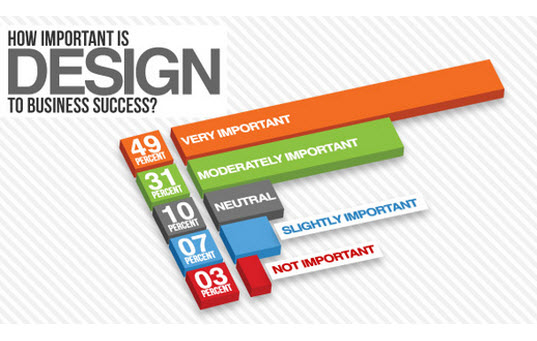Intrigued In Finding Out Just How Internet Site Layout Has Advanced Over The Years? Check Out The Trip From Straightforward Styles To User-Centered Approaches
Intrigued In Finding Out Just How Internet Site Layout Has Advanced Over The Years? Check Out The Trip From Straightforward Styles To User-Centered Approaches
Blog Article
Content Author-Kahn Bojesen
In the past, internet sites were simple and focused on details. Navigation was straight, and style was for desktops. Currently, user experience is vital. Data guides layouts for very easy navigation. Responsive designs match different devices. Today, dark mode reduces strain, and minimal food selections improve navigating. Interactive functions engage customers, and bold visuals stand apart. AI integration boosts engagement. See just how design has advanced to boost your on-line journey.
Very Early Days of Web Design
In the early days of web design, simplicity preponderated. Websites were fundamental, with minimal shades, fonts, and designs. The emphasis was on providing details instead of flashy visuals. Customers accessed the web with sluggish dial-up connections, so rate and capability were crucial.
Navigation menus were straightforward, normally situated at the top or side of the page. Sites were made for home computer, as mobile surfing wasn't yet widespread. Web content was king, and developers prioritized very easy readability over intricate layout elements.
HTML was the key coding language used, and designers needed to work within its restraints. Computer animations and interactive features were marginal contrasted to today's requirements. Web sites were fixed, with little vibrant material or tailored user experiences.
Increase of User-Focused Design
With the evolution of website style, a change in the direction of user-focused style concepts has actually become increasingly prominent. Today, creating sites that focus on user experience is crucial for involving site visitors and accomplishing service goals. User-focused design entails comprehending the demands, preferences, and actions of your target market to customize the site's design, material, and includes accordingly.
Designers currently perform thorough research, such as customer studies and functionality screening, to gather understandings and comments straight from customers. This data-driven technique helps in developing instinctive navigating, clear calls-to-action, and aesthetically attractive user interfaces that reverberate with visitors. By positioning the customer at the facility of the layout procedure, internet sites can supply an extra individualized and enjoyable experience.
Receptive design has actually likewise emerged as a vital aspect of user-focused design, making sure that websites are maximized for different tools and screen sizes. This versatility boosts access and use, catering to the diverse methods individuals communicate with web sites today. Fundamentally, the rise of user-focused layout indicates a shift towards developing electronic experiences that focus on the needs and assumptions of the end individual.
Modern Trends in Website Design
Check out the latest fads forming website design today. One famous trend is dark mode style, providing a sleek and modern-day appearance while decreasing eye strain in low-light environments. Another key pattern is minimalist navigating, simplifying menus and enhancing customer experience by focusing on essential elements. Including micro-interactions, such as animated buttons or scrolling impacts, can create an extra interesting and interactive site. Responsive design remains essential, guaranteeing smooth user experiences across various devices. In addition, using vibrant typography and asymmetrical layouts can include aesthetic rate of interest and accentuate particular web content.
Incorporating AI innovation, like chatbots for customer assistance or personalized referrals, boosts user engagement and enhances processes. Accessibility has additionally end up being a significant fad, with designers focusing on inclusive design practices to cater to varied customer demands. mouse click the next site by optimizing web site efficiency for speed and effectiveness is one more emerging pattern in web design. Collaborating with individual comments and data analytics to repeat and improve style continually is important for remaining pertinent in the ever-evolving electronic landscape. By accepting these modern patterns, you can develop an aesthetically appealing, easy to use website that resonates with your audience.
Verdict
As you review the advancement of internet site style from the very early days to currently, you can see just how user-focused style has actually become the driving force behind modern patterns.
Welcome the journey of adjustment and adaptation in website design, constantly keeping the user experience at the center.
Stay existing with the latest trends and technologies, and never stop evolving your technique to develop aesthetically spectacular and user-friendly internet sites.
Develop, adjust, and produce - the future of website design is in your hands.
